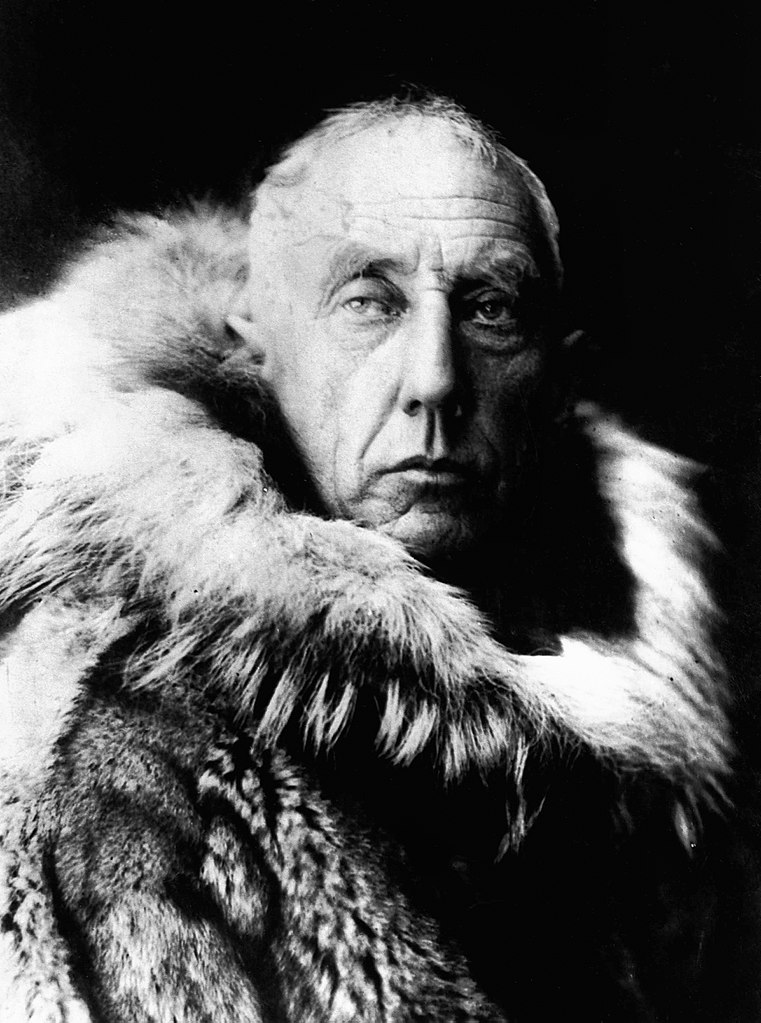Difference between revisions of "Template:Westarctica.wiki:Today's featured article"
Jump to navigation
Jump to search
Westarctica (talk | contribs) |
Westarctica (talk | contribs) |
||
| Line 1: | Line 1: | ||
[[File: | [[File:Amundsen in fur skins.jpg|300px|left]] | ||
'''[[ | '''[[Roald Amundsen|Roald Engelbregt Gravning Amundsen]]''' was a Norwegian explorer of polar regions. As the leader of the [[Antarctica|Antarctic]] expedition of 1910–12, which was the first to reach the [[South Pole]], on 14 December 1911, he was a key expedition leader during the Heroic Age of Antarctic Exploration. In 1926, he was the first expedition leader for the air expedition to the North Pole, making him the first person, without dispute, to reach both poles. He is also known as having the first expedition to traverse the Northwest Passage (1903–06) in the Arctic. | ||
In June 1928, while taking part in a rescue mission for the airship ''Italia'', the plane in which he was a passenger disappeared. | |||
'''([[ | '''([[Roald Amundsen|Full Article...]])''' | ||
Revision as of 19:04, 23 July 2021
Roald Engelbregt Gravning Amundsen was a Norwegian explorer of polar regions. As the leader of the Antarctic expedition of 1910–12, which was the first to reach the South Pole, on 14 December 1911, he was a key expedition leader during the Heroic Age of Antarctic Exploration. In 1926, he was the first expedition leader for the air expedition to the North Pole, making him the first person, without dispute, to reach both poles. He is also known as having the first expedition to traverse the Northwest Passage (1903–06) in the Arctic.
In June 1928, while taking part in a rescue mission for the airship Italia, the plane in which he was a passenger disappeared.
